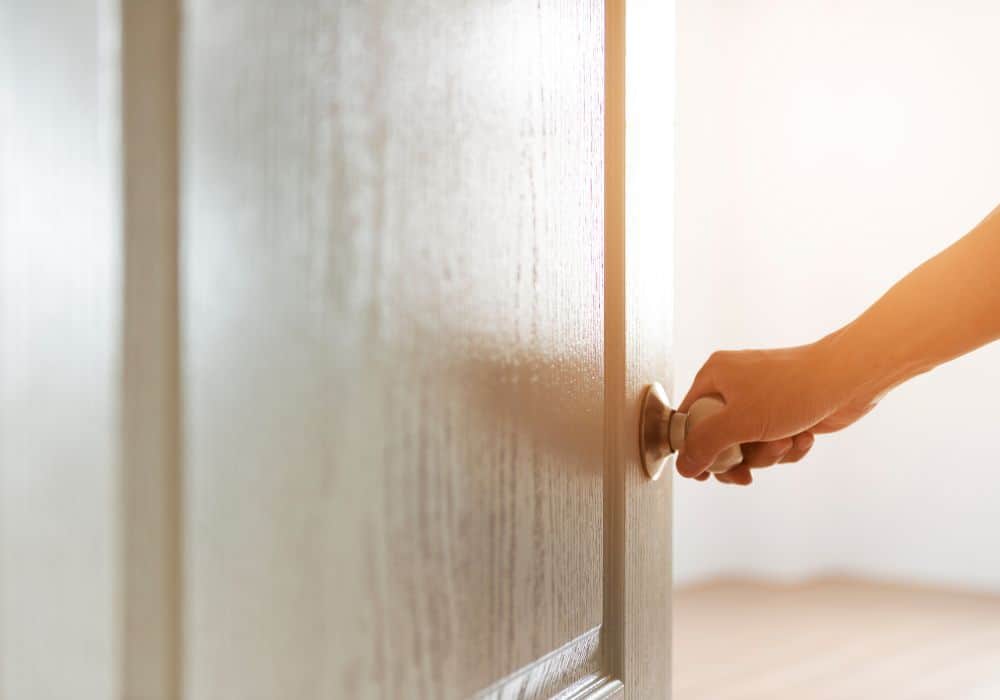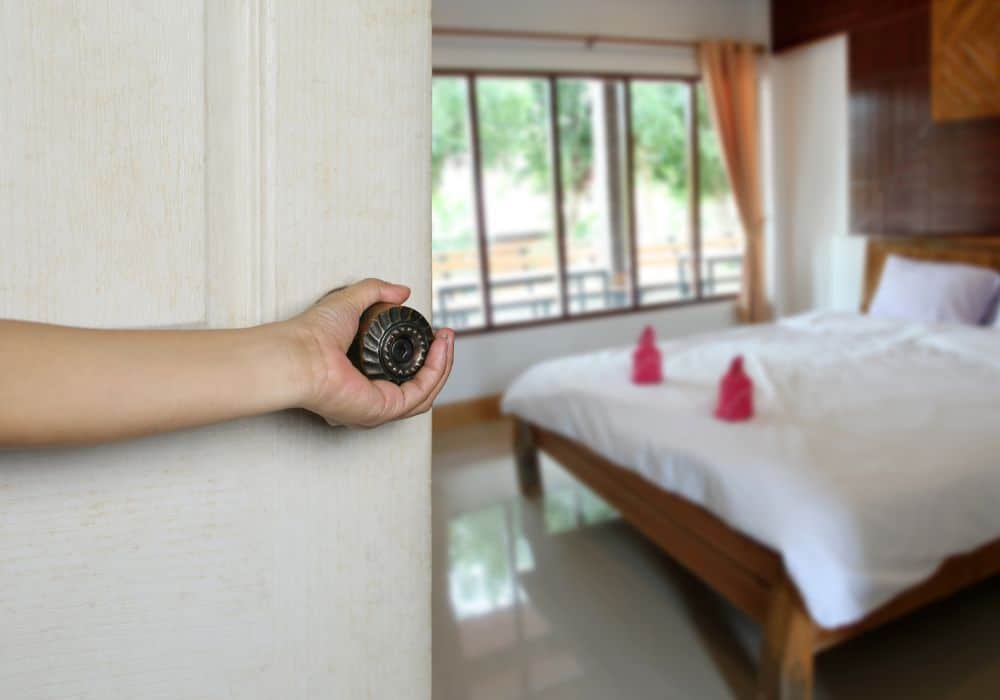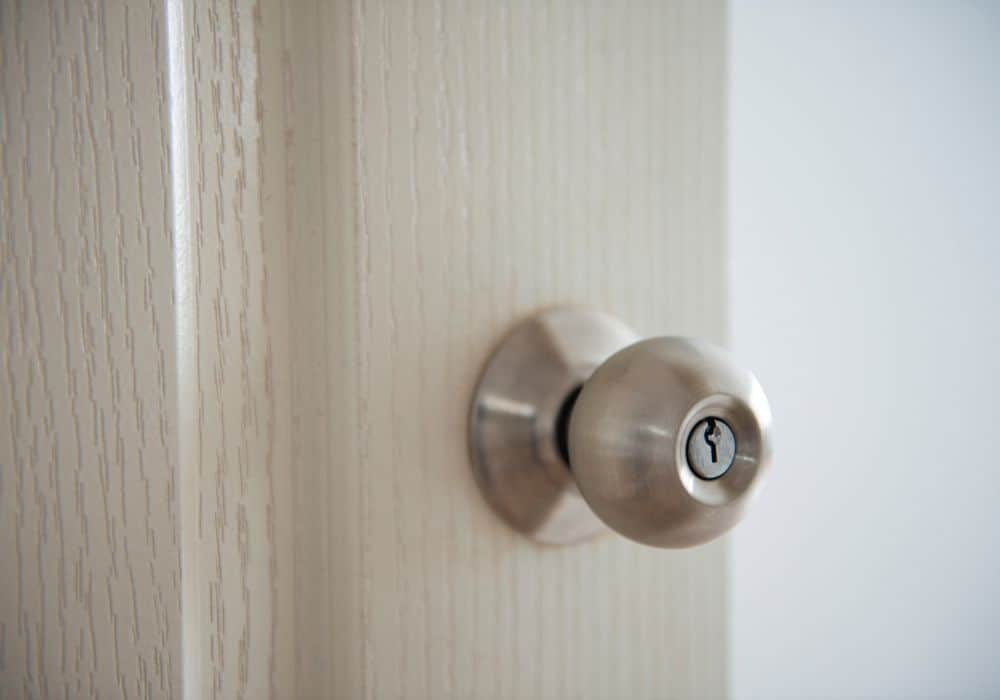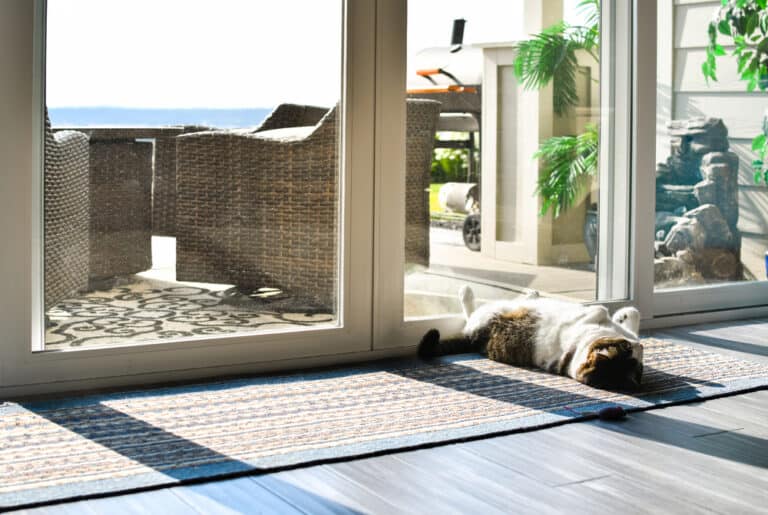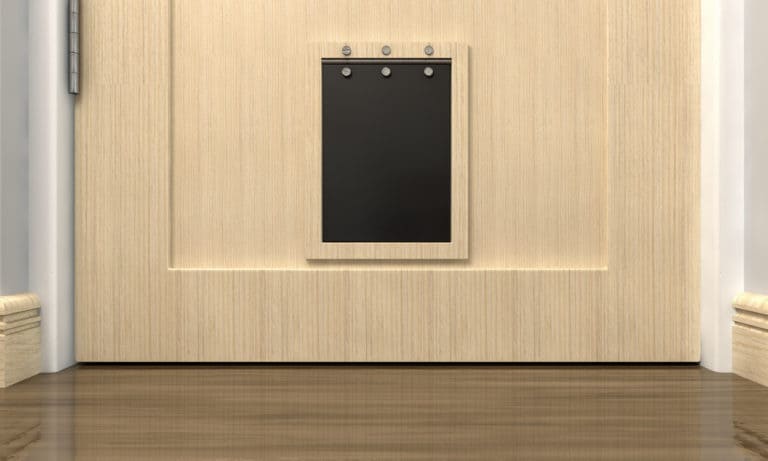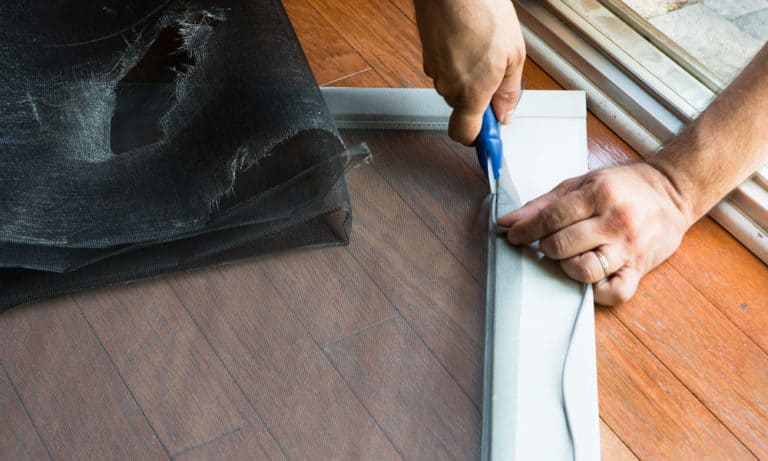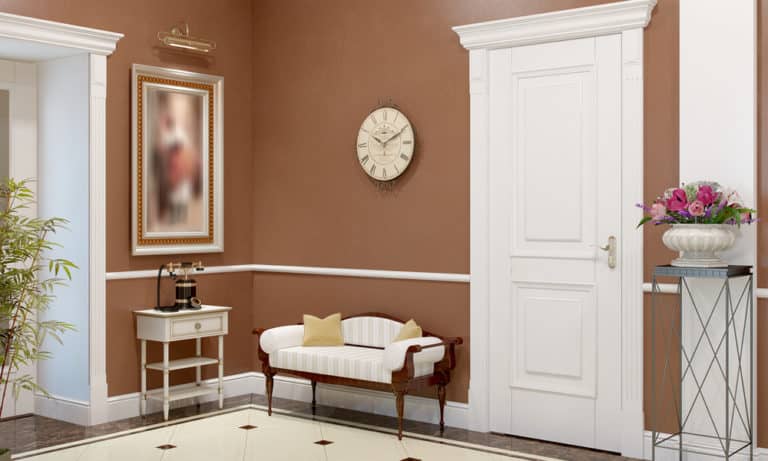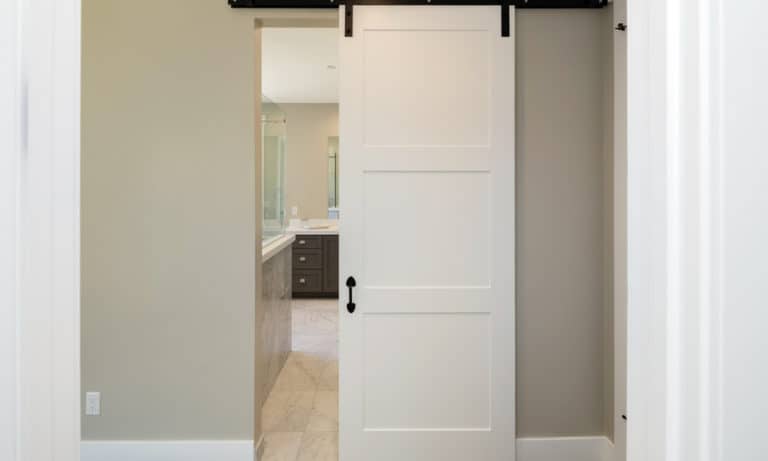Everyone wants a quiet and comfortable space, especially if you are at home. If you’re hearing all the noises coming from outside and you can’t concentrate on your work or you can’t get the rest that you need, the noise may be going through your hollow core door.
You don’t need to worry because we will help you learn how to soundproof a hollow door. We listed down some of the top methods that many people are using to keep the noise out of their rooms.
Ways to Soundproof your Hollow Door
1. Check the Cracks on the Frame and Seal Them
One of the simplest ways to soundproof a hollow door is to get rid of the cracks where the noise can get in. These cracks can also be a way for air and moisture to set in and damage your door. Aside from being a noise-canceling method, this is also a good way to maintain your doors.
You need to use a sealant or an acoustic caulk as a door seal. Indeed, they are often used for piping, but you can also use them for your hollow doors. You can even use an adhesive backing for this because it is waterproof, elastic, and offers better soundproofing features.
If you have no idea how to seal the cracks in your door frames, this video can help you do it effectively.
2. Using a Door Sweep
The easiest method to soundproof your hollow core doors is to use a door sweep. Most of you might say that door sweeps are not meant for soundproofing. Actually, a draft stopper blocks the gaps at the foot of your apartment door so it can prevent sound from getting in and out of your room.
If you decide to use a door sweep, there are different materials that you can choose from:
- Plastic
- Vinyl
- Metal with a rubber loop
- Nylon
- Sponge
Door sweeps are not only useful for soundproofing your doors. It also offers a wide range of benefits that would make you use them.
- Protection from Pests: Insects can easily get in and out of your room even from the tiniest cracks or gaps. They usually enter your interiors through the gap at the bottom of the door. By using a door sweep, you can minimize the entry of insects into your room.
- Minimize moisture in your room: Another benefit that door sweeps can offer is that they can minimize the moisture in your room. Because of this, you can prevent the growth of molds and damage to your upholstery. The door sweep can keep the moisture out of your room.
- Energy saving: Did you know that door sweeps can actually help you save more energy? When you’re using a door sweep, the cold or hot air is trapped inside your room. It means that the heating and cooling of your room would be enhanced and your HVAC won’t use too much energy.
3. Add More Mass to your Hollow Door
Another soundproofing option that you can do is to add more mass to your hollow core door. By adding more mass to it, the molecule requirement for sound waves to pass through the door will increase. This would result in a higher soundwave energy exertion and noise can be reduced.
You can use acoustic foam panels if you want to add more density to your hollow door. It is perfect for soundproofing tasks since these panels absorb sound. They absorb the excess sound waves that bounce on hard surfaces, which would minimize the vibrations as well.
If you plan to install these panels, you can do it on the door surface. This is the easiest method since you only need to place it on the door. If you want to do a bit of DIY, you can install the insulation foam material inside of the door frame. You have to remove the door hinges, take them apart and put the foam material inside.
4. Using a Soundproof Blanket
Another simple method to soundproof your hollow door is using soundproof blankets. You don’t need to worry because these blankets are not too expensive. It’s easy to find cheap soundproof blankets on the market and they are always effective as a sound barrier.
Soundproof blankets usually have built-in fiberglass fibers, which are popularly known for their sound absorption.
For the installation, you should simply use a pin instead of using adhesive. You need to decide whether the blankets should be placed permanently or temporarily. You can place it on your doors when it’s time for you to rest or work and just remove it afterward.
Aside from its installation, you’ll have to worry about its maintenance. Since it is still a blanket, you need to make sure that it is always clean. You need to vacuum the blanket regularly as it can attract dust over time.
5. Putting Heavy Furniture Around the Door
This is probably something that you don’t want to do, especially if you had to go out of your room once in a while. If you have your own bath and you have food inside, placing heavy furniture around your hollow core door can help reduce the noise.
Putting sofas, bookshelves, and cabinets around your door can reduce the noise since they will absorb the sound before it even reaches your ears. Once the sound goes through the hollow core door, it will be absorbed by the heavy furniture surrounding it so it would not be too loud once it reaches your ears.
6. Weatherstrip your Door
One of the best ways to block the sound from entering your doors is through weather stripping. By weather-stripping your door, you are preventing sound from entering the cracks of the doors and the gaps in the corners.
It’s the same as insulating your room since you have to cover all the cracks and gaps on your door to prevent the outside sound from disturbing you.
There is a wide range of weather strips that you can find in the market and you can buy them based on the length, thickness, and type of material. A very important tip when buying weather-stripping tape is to make sure that it won’t have any effects on the alignment of your interior doors.
7. Use Soundproof Paint
Among the different ways to soundproof a hollow door, using paint to reduce the noise is not very common. There are not a lot of people who would suggest using paint to soundproof a hollow core door, but it’s pretty good when combined with other methods.
It’s a good way to the soundproof interior doors, but it only works on mid-range frequencies. It means that it can only block regular speech. Higher frequencies like the sounds from musical instruments won’t be blocked. This is also the reason why it is often combined with other soundproofing methods.
If you want to achieve better soundproofing, you need to make sure that you apply multiple coats on the door. This would make the surface thicker, which is also a good way to add more mass to the hollow core door.
8. Use Soundproofing Panels
Have you heard about the egg box story? You’ve probably read about this somewhere as they are claiming that egg boxes can help soundproof your room. Well, since egg boxes are not meant for soundproofing, you can’t expect them to do so.
What you actually need are soundproofing panels as they are made specifically to insulate sound and they are often used in a recording studio. Don’t worry because these panels are not as expensive as you think and you don’t even need a lot. You don’t have to fill up your room with soundproofing panels.
You can attach a few panels to your hollow core door to prevent the outside sound from entering your room. Basically, it can do the same thing as a soundproof curtain and blanket. However, these panels are cheaper and they are accessible as well.
Soundproof panels can be attached to your door using nails or sticky self-adhesive. They are very light so you don’t have to drill on the door or use heavy-duty hooks.
9. Use a Rug
A door sweep might indeed be a better option than a rug, but if you really need to have a soundproof door right away, it’s better to try a rug. Basically, this is more accessible and you always have them in your house.
If you don’t have a rug, you can just use any old shirts that you have. Place them on the gaps under your door to prevent the sounds from entering your room.
Final Thoughts
Soundproofing a hollow core door is not too difficult, but don’t expect that it would give a high-quality result. It is always better to replace it with solid wood doors, but if you have no other choice, the tips above would help you out.
If you have any questions on how to properly soundproof a hollow core door, comment down below and we will help you.

